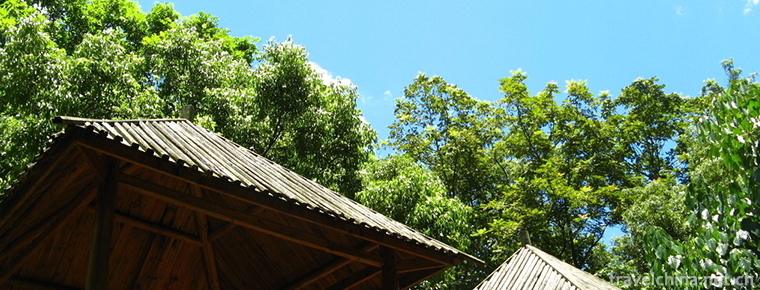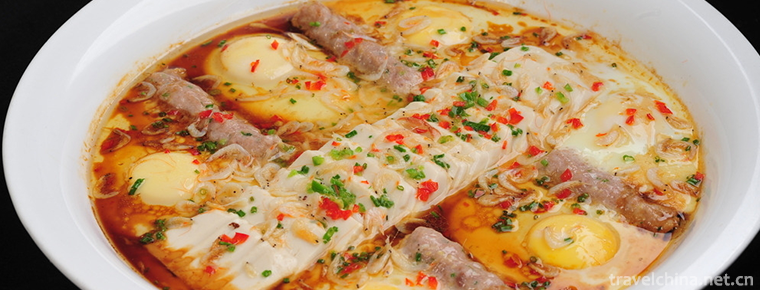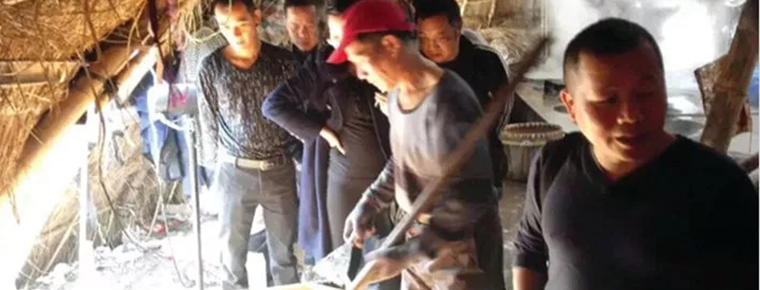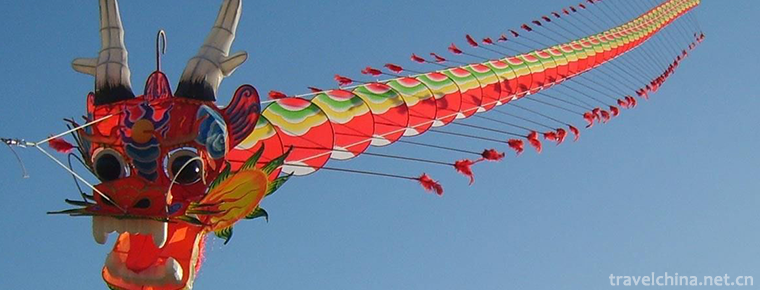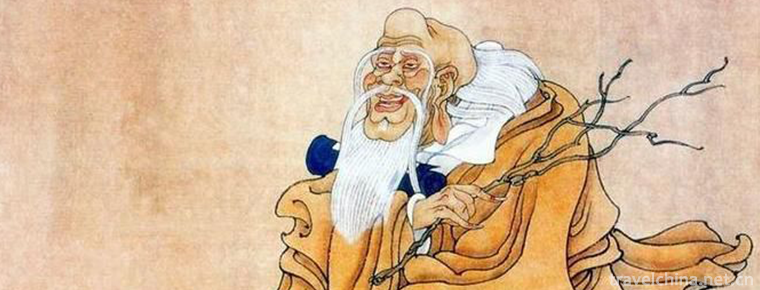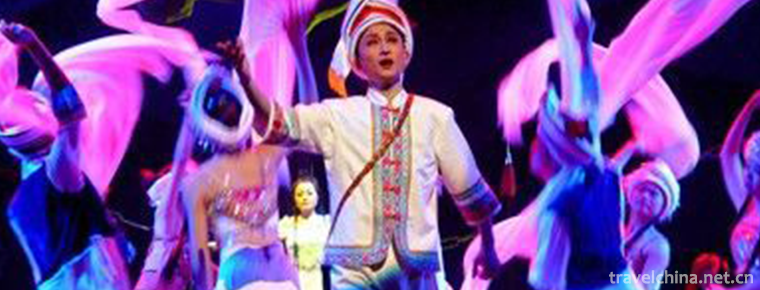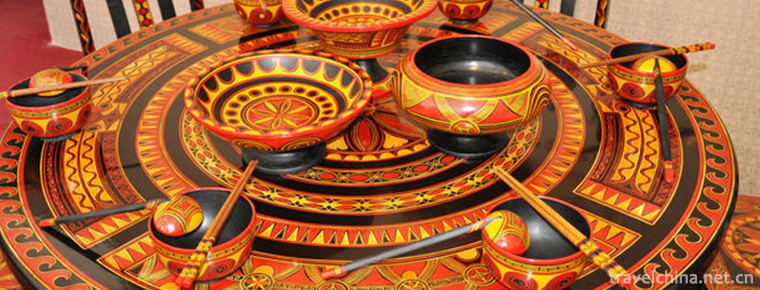Batik art
Batik art
Miao batik technology, the traditional handicraft of Danzhai County, Guizhou Province, is one of the national intangible cultural heritage.
Batik dyeing is one of the ancient folk traditional printing and dyeing techniques of the Chinese nation. As early as the Qin and Han Dynasties, the Miao people had mastered batik dyeing techniques, and the Song Dynasty reached its peak.
On May 20, 2006, Miao batik technology was approved by the State Council and listed in the first batch of national intangible cultural heritage list, project number_-25.
historical origin
As early as the Western Zhou Dynasty (11th century BC - 771 BC), dyeing and weaving technology in China had been greatly developed. According to the records of Li Ji and other documents, there was an official in charge of dyeing fabrics at that time called "dyeing people". In Chu State, there was also a "blue Yin" official specially responsible for the production of indigo. It is obvious that the silk weaving and dyeing processes at that time were quite large-scale.
Miao batik has a long history, many places are popular with "Batch Dyeing Song" (ancient song), narrating the origin of batik. As early as the Qin and Han Dynasties, the ancestors of the Miao nationality had mastered batik technology. According to the "Tongzhi of Guizhou Province", the batik cloth was once known as "appendix-dry patches" when wax-painted flowers were dyed on cloth.
Wax curtain (batik) was very popular in Wuxi area of Song Dynasty. In Ming and Qing dynasties, Miao people in central Guizhou also used batik clothing. During the period of the Republic of China, batik was prevalent among most Miao people in Western Hunan, Guizhou, Yunnan and southern Sichuan, while Danzhai, Anshun, Langdai (today's six branches), Puding and Huishui were the most skilled places in Guizhou. In most areas, batik products are used as clothing, while in Western Hunan, batik products are used as bed sheets, curtain edges, pillow towels, etc.
Danzhai County, Anshun County and Zhijin County are multi-ethnic inhabited areas with Miao as the main body. In the long-term hardship of isolation from the outside world, the inhabitants here gradually formed a self-sufficient way of life, thus preserving the ancient batik skills. According to Miao custom, all women are obliged to inherit batik skills. Every mother must teach her daughter how to make batik. So Miao women learn this skill from an early age. They grow indigo and plant cotton, spin and weave cloth, paint wax, dye and cut, and inherit it from generation to generation. In this situation, the Miao community has formed a batik art-led costume, marriage Festival rituals, social ways, funeral customs and other customs and cultures.
Technological process
Technological process
Batik dyeing process includes: cloth fabrication, wax production, blue indigo production, waxing, dipping, dewaxing, stitching and more than ten processes.
Among them, waxing is the most important. There are two ways of waxing Miao batik dyeing: one is to use the hollow plate of printing, that is, to press the fabric with the hollow plate first, and then pour wax into the hollow place; the other is to use a wax knife made of three to four inches of bamboo pen or copper sheet to draw various patterns on the smooth and smooth fabric.
After the wax is condensed, the fabric is dipped in the dyeing solution and then boiled in boiling water to remove the wax. After wax removal, where the original wax existed, the wax prevented the dye solution from soaking without coloring, and showed a white pattern against the background of the surrounding dyed colors. Because of the shrinkage of wax after condensation and the wrinkles around wax film, many cracks often occur on wax film. After dyeing, dyes penetrate into cracks, and the finished pattern appears a trace of irregular color pattern, forming the unique pattern effect of batik products.
The key of batik is the preparation of wax liquid and the temperature control of wax night. Wax liquid is melted by melting beeswax or insect wax mixed pine resin at elevated temperature. The mixing proportion depends on the soft and hard requirements after condensation. When drawing wax, the wax temperature must be appropriate, too high will easily make the fabric yellowing, affecting the color of the fabric pattern; too low wax is not easy to flow, and the pattern described is uneven in thickness. Wax temperature is generally better when the wax liquid can quickly penetrate into the back of the fabric after wax painting.
tool
The main batik tools are bronze knife (crayon), ceramic bowl, water basin, big needle, bone needle, cereal grass, dyeing vat and so on.
Inheritance and protection
Inheritance value
Batik dyeing is the earliest printing and dyeing technology used by human beings, which is also known as the "history book on the body". After passing down from generation to generation and continuous creativity, batik now basically breaks the previous design mode and production mode, carries on the creativity with the strong and simple national customs, and embodies the simple mystery of this ancient art.
Inheritance status
The variety of textiles is constantly enriched, and the status of batik as the mainstream textiles in Guizhou Miao area has been shaken gradually. With the development of tourism, batik handicraft products have been marketed as characteristic tourist souvenirs. In order to meet the needs of the market and pursue economic benefits, a large number of poor batik products emerged, which posed a threat to the orderly inheritance of skills. It can be seen that Miao batik technology urgently needs real protection and reasonable development.
Inheriting characters
Wang Ayong, female, Miao nationality, born in February 1944, is a visionary villager in Paitiao Town, Danzhai County, Guizhou Province. In May 2006, Miao batik technology was listed in the first batch of national intangible cultural heritage list of traditional skills, project number_-25. In December 2012, Wang Ayong was selected as the representative successor of the fourth batch of national intangible cultural heritage projects and declared in Danzhai County, Guizhou Province. The rural women in Wang Ayong's hometown are almost all batik painters. She learned batik painting from an early age with the old people and her sister. The batik technique is becoming more and more mature. She paints without ruler, without foundation, with bold brush strokes, and works at one go. Flowers, birds, fish and insects in her paintings are vivid, lively and distinct in their traditional patterns and lines. His representative works include "Centennial Whirlpool Batik Dyeing". In 1983 and 1984, Wang Ayong was invited to perform in American wax painting twice. American audiences called her "Oriental Artist" and "Oriental First Dye". Wang Ayong has also been invited to teach art in other places for many times, and founded Danzhai Ayong Batik Dyeing Tourism Culture Company.
protective measures
The state attaches great importance to the protection of batik, a folk handicraft. On May 20, 2006, Miao batik technology was approved by the State Council and listed in the first batch of national intangible cultural heritage list.
In June 2015, a non-heritage protection base with Miao batik as the core was established in Rongshui National Vocational and Technical School. Over the past two years, the base has enrolled more than 100 students in two batches. After school, under the guidance of Mak Hua, the Miao wax dyeing successor, the base has systematically studied the traditional wax dyeing craft and artistic creation.
social influence
With the development of science and technology, Miao batik technology has been further developed on the basis of tradition. As a special commodity, Miao batik technology integrates practicability and artistry. With its unique charm, it rapidly opens up domestic and international markets. Its products are sold to more than 200 cities in China and exported to Japan, the United States, France, Southeast Asia and other countries and regions.
Cultural anecdotes
Wax Dyeing Song (Ancient Song) is popular in many places of Miao nationality area. It tells the story of the origin of wax dyeing from generation to generation.
There is a smart and beautiful Miao girl who is not satisfied with the uniform color of her clothes. She always hopes to dye various flower patterns on her skirt. But it's too troublesome to draw one by one by hand. But she can't think of any good way to do it for a while, and she is depressed all day.
One day, the girl looked at the clusters of flowers for a long time, but she fell asleep in meditation. In the haze, a beautiful dressed flower fairy took her to a hundred gardens. There were countless exotic flowers and plants in the garden. Birds were singing and flowers were fragrant, butterflies were dancing and bees were busy. The girl looked and looked in the garden. She was so fascinated that she didn't even know the bees were crawling all over her dress. When she woke up, she knew she had just fallen asleep, but looked down again: the bees in the flowers had just flew away, and there were spots of honey juice and beeswax on her dress, which were not very beautiful. She had to take her dress to the dyeing barrel where indigo was stored. She wanted to dye it again, trying to cover the wax. After dyeing, they take it to the boiling water to float the color.
When the girl took her dress out of the boiling water, a miracle happened: there were beautiful white flowers on the dark blue dress where beeswax had stained it! As soon as the girl's heart moved, she immediately found beeswax. After boiling, she drew wax patterns on the white cloth with branches, then dyed them in indigo dyeing solution. Finally, she melted beeswax with boiling water. All kinds of white flowers appeared on the cloth. Oh! The prints were dyed in the vat, and the girl sang a folk song happily. People heard the girl's song and came to her home to listen to her dream in the garden, watch her colored skirt, learn her drawing skills. When they came back to their homes, they also dyed a variety of patterns according to the way the girl taught them. Since then, batik technology has spread among Miao people, Buyi people and Yao people.
Because indigo dyeing belongs to redox reaction, it can be done only in ordinary cold water, while safflower and gardenia flavin can only be dyed in hot water at relatively high temperature, otherwise it is easy to fade. In this high temperature, beeswax has melted, unable to maintain the flower shape to prevent dyeing, so it was difficult to make other colors of batik cloth in ancient times.
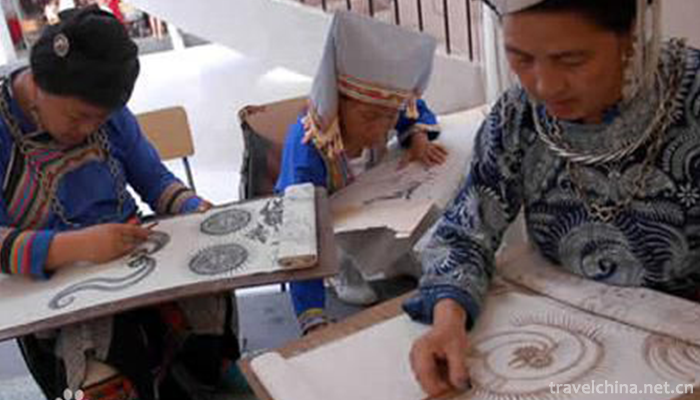
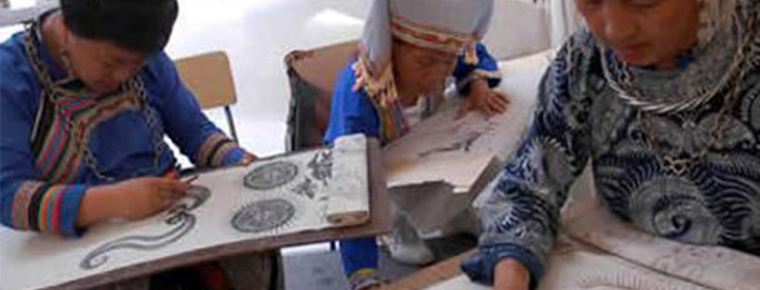
Batik art
-
Liangfengjiang National Forest Park
Liangfengjiang Forest Park is the earliest national forest park in Guangxi approved by the Ministry of Forestry, covering an area of more than 70,000 mu. Located in the southern
Views: 199 Time 2019-01-30 -
Bagongshan bean curd
Bagongshan Tofu, also known as Four Seasons Tofu, is a local traditional snack in Huainan City, Anhui Province. Bagongshan tofu is crystal clear, white like jade board, tender like congealed fat, deli
Views: 173 Time 2019-03-27 -
Traditional Sugar making Techniques
In the memory of many Wenzhou people, when they were young, they were short of doctors and medicines, but the old people had many earthen prescriptions which were very useful.
Views: 135 Time 2019-04-21 -
Kite making skills
Kite making skills, Weifang City of Shandong Province, Nantong City of Jiangsu Province, Lhasa City of Tibet Autonomous Region, Beijing, Tianjin and other local traditional skills, one of the national
Views: 136 Time 2019-04-29 -
Laozi legend
Laozi is the incarnation of Laojun. The fifteenth day of February in the lunar calendar is a major Daoist festival. It is the "Christmas" of the emperor. Lao Tzu, the word Boyang
Views: 232 Time 2019-05-11 -
Southern Drama
Nan Opera, also known as Nan Opera and Shi Nan Diao, commonly known as "Gaotai Opera" or "People's Congress Opera", is a local opera in Enshi Tujia and Miao Autonomous Prefecture o
Views: 287 Time 2019-06-07 -
The Decorative Techniques of Yi Lacquerware
Yis lacquerware decoration technology chooses high-quality azalea, acid wood, camphor wood as raw materials, through sawing, planer, grinding, sticking and other processes, and then carefully paint th
Views: 383 Time 2019-07-12 -
Zhongshan Salt Water Song
Salt water song is a form of expression of Guangdong local folk songs, which is mainly spread among farmers and fishermen in the coastal and river network areas of Zhongshan, Panyu, Zhuhai and South C
Views: 101 Time 2019-08-03 -
Chuanxindian earthquake site
Compared with Beichuan earthquake site, Yingxiu earthquake site and Hanwang town earthquake site, chuanxindian earthquake site in Shifang has unique advantages. It can fully reflect the great spirit of earthquake relief and has great protection and construction value.
Views: 120 Time 2020-11-05 -
Dagu Glacier
Dagu iceberg scenic area is located in Heishui County, Aba Tibetan and Qiang Autonomous Prefecture, Sichuan Province, China, 102.44.15-102.52.46 E and 32.12.30-32.17.06 n, which is a rare modern mountain glacier.
Views: 364 Time 2020-11-07 -
Ganzi milk dregs
The traditional biscuit snack "Tui" is made of milk dregs and butter. And made from milk dregs. After the milk i
Views: 222 Time 2020-12-06 -
Deyang City Construction
In January 2020, the science and Technology Department of Sichuan Province and the provincial development and Reform Commission approved to support Deyang and other six cities to carry out the construction of provincial innovative cities.
Views: 292 Time 2020-12-14
